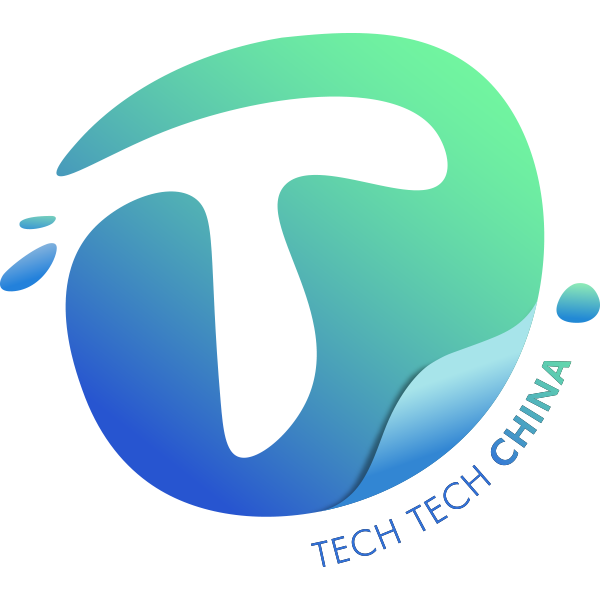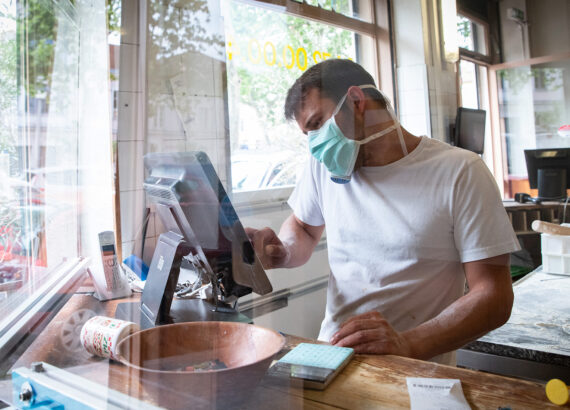On April 13, Cao Cao Mobility announced the results of the implementation of the “N³” (New Car, New Power, New Ecosystem) strategy, which was launched half a year ago, and released two new product lines. According to Gong Xin, CEO of Cao Cao Mobility, the number of its users has surpassed 120 million, jumping from 60 million in July of last year.
Cao Cao Mobility also disclosed a strategic partnership with Rui Lan Automobile, launching Maple Leaf 60S, Rui Lan Automobile’s first intelligent car with battery swap technology, which will be put into operation around the country.
Why it matters
Cao Cao Mobility’s surge in the number of users represents China’s new energy market has extended to the ride-hailing sector.
Cao Cao Mobility offers ride-hailing with its own dedicated fleet of vehicles and taxis and concierge services. It is the first low-carbon mobility brand in China to use new energy vehicles and offer carbon banking for individual and corporate users.
Context
Currently, Cao Cao is available in over 62 cities, including Hangzhou, Beijing, Shanghai, Guangzhou, and Shenzhen. Based on providing “quick, comfortable and efficient” mobility solutions.
In September 2021, Cao Cao announced that it had completed a 3.8-billion-yuan ($600 million) Series B round of funding. In terms of financing scale, this financing has been significant single financing in the sector of online ride-hailing during the last two years.




